| My View |
Elizabeth – Julie Taymor’s adapted Magic Flute for families (running at 1 hour 40 minutes) intrigued me, and clearly others as I discovered when we tried to buy tickets. For the remaining shows the only seats we could find were individual and on different levels, but we decided to go for it. I couldn’t see very much in my partial view grand tier seats, which was really disappointing as I was expecting to see the show. At least partially. When they say partial view they really mean little to no view. The poor tourists sitting next to me were so confused and kept moving their chairs around, convinced that the Met wouldn’t sell tickets for seats where you couldn’t see the show. After much moving and talking between them, I finally turned to the older Russian couple and politely informed them they purchased partial view seats, it said so on their tickets and they were not going to be able to see the entire stage. They pulled out their tickets and confirmed. This settled them down, but to be honest, I think it’s practically criminal to charge $116.50 for this:
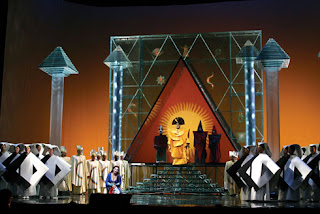 And I cannot believe I’m saying this, but it must be said: even though the opera was only one hour and forty minutes, it seemed like it went on forever. And I wasn’t alone. The two girls in front of me turned to each other after Papageno walked offstage with Papagena and said “There’s STILL more?!?!” (see the head in above photo). A couple in the box to my left asked if it was over even before the Papageno thing. I can’t blame them. I checked the time three times during the show.
And I cannot believe I’m saying this, but it must be said: even though the opera was only one hour and forty minutes, it seemed like it went on forever. And I wasn’t alone. The two girls in front of me turned to each other after Papageno walked offstage with Papagena and said “There’s STILL more?!?!” (see the head in above photo). A couple in the box to my left asked if it was over even before the Papageno thing. I can’t blame them. I checked the time three times during the show.
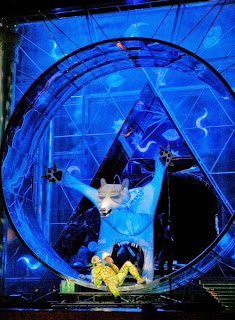
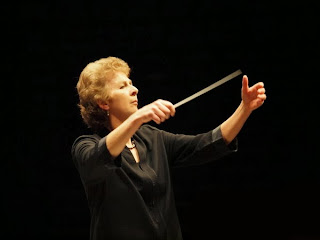 |
| Jane Glover |
Related Links:
The Merry Wives of Desilu: Falstaff at the Metropolitan Opera
The Dmitri Hvorostovsky Cyber Medieval Post Apocalyptic BDSM Music Video
Mirrored Cubes and Dancing Periods: Die Frau ohne Schatten at the Metropolitan Opera
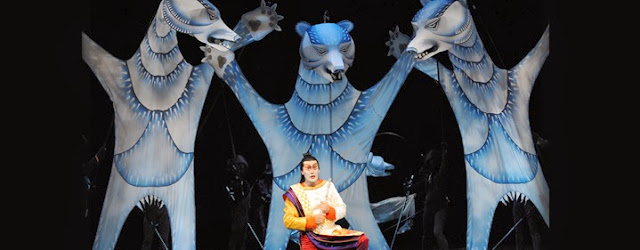
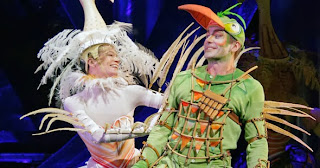
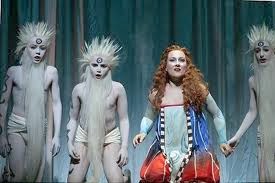
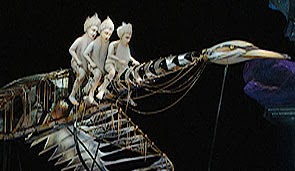



Leave a Reply